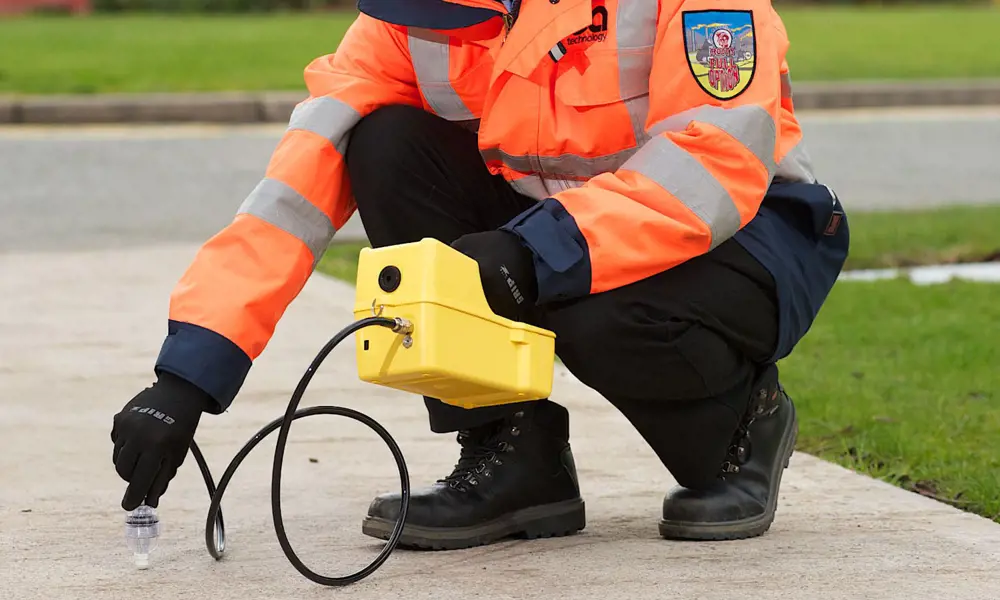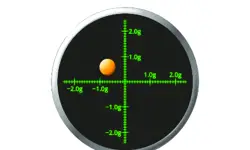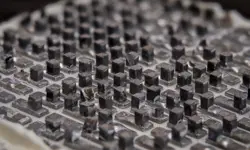
Cable fault locator
Approximately 40% of cable faults are caused by mechanical excavation works, and can be found by identifying the site where the digging took place. 10% of cable faults are caused by land slippage or other disruption of the cable, and the remaining 50% of faults are caused by failure in the cable joints. If no obvious cause of mechanical disruption can be found, fault teams use echolocation to find a failure in the cable. Local substations then send a pulse down the cable identified as the source of the failure, and then, based on the time for the signal to reflect from the fault site, approximate the location of the fault.
At a cost of £1,000 each time, it can be days sometimes before power can be restored
Traditional echolocation has drawbacks as a diagnostic tool: it is only accurate to within 10% of the distance from the substation. The average fault is 100m from a substation, leaving a 10m stretch of cable where the fault could have occurred. Any branching in the cable would lead to several alternative locations of the fault. By identifying customers without power, repair teams can narrow these possibilities, but this is not always possible and it can take several exploratory excavations to find the fault. At a cost of £1,000 each time, it can be days sometimes before power can be restored.
Faults can usually be located in under an hour, with accuracy better than one metre, eliminating the need for multiple exploratory excavations
Before excavating, CableSniffer identifies faults in low-voltage cables by determining the chemical signature of gases that are emitted by the burning of cable sheath insulation when a cable fails. Field engineers insert a handheld probe into a series of 8mm boreholes along the length of the cable where the fault has been identified. The gases produced are then sampled at each point along the cable. The highest concentration of gases will be those nearest to the fault. Faults can usually be located in under an hour, with accuracy better than one metre, eliminating the need for multiple exploratory excavations.
All six of the UK’s major electricity companies have adopted the technology, saving an estimated £154 million a year in engineering costs.
***
This article has been adapted from "Cable fault locator", which originally appeared in the print edition of Ingenia 63 (June 2015).
Keep up-to-date with Ingenia for free
SubscribeRelated content
Electricals & electronics

Accelerometers
Used in earthquake measurements, laptops, planes and even in stargazing apps, today’s accelerometers are much smaller than when they were first developed in 1927. Find out how they detect movement and vibration.

How to maximise loudspeaker quality
Ingenia asked Dr Jack Oclee-Brown, Head of Acoustics at KEF Audio, to outline the considerations that audio engineers need to make when developing high-quality speakers.

High speed evolution
In December 2010, Eurostar International Ltd awarded a contract for 10 new high speed trains to Siemens. The company has used a system developed over decades to maximise the performance and passenger-carrying ability of its 320km/h trains.

Peltier devices
First discovered by Jean Charles Peltier, the Peltier effect is used across a range of devices, from thermoelectric heaters and coolers to sensors and spacecraft. Find out how the use of semiconductor materials can act to manage heat transfer.
Other content from Ingenia
Quick read

- Environment & sustainability
- Opinion
A young engineer’s perspective on the good, the bad and the ugly of COP27

- Environment & sustainability
- Issue 95
How do we pay for net zero technologies?
Quick read

- Transport
- Mechanical
- How I got here
Electrifying trains and STEMAZING outreach

- Civil & structural
- Environment & sustainability
- Issue 95